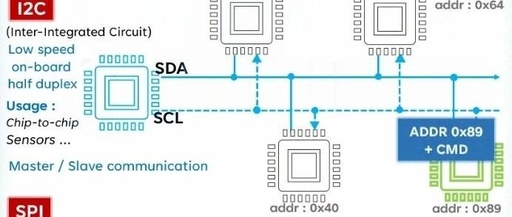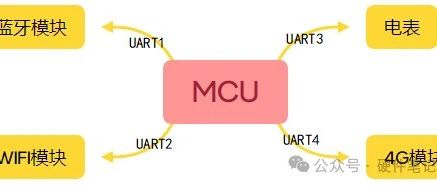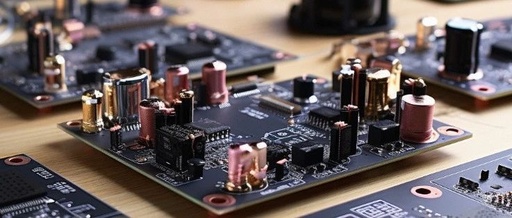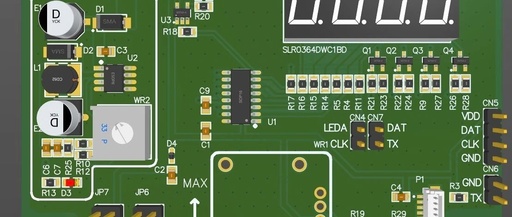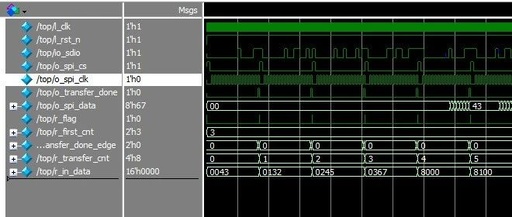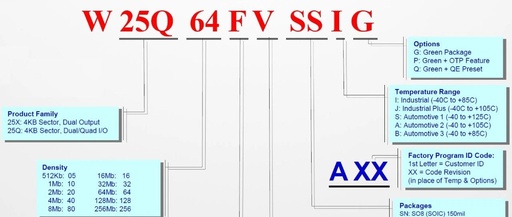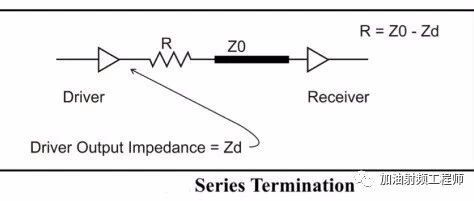Understanding SPI, UART, and I2C Communication Protocols
Introduction SPI (Serial Peripheral Interface), UART (Universal Asynchronous Receiver/Transmitter), and I2C (Inter-Integrated Circuit) are common serial communication protocols, each with unique characteristics in hardware interfaces and communication methods, suitable for different application scenarios. You can get a general understanding of these three communication protocols from the following diagrams: Next, we will introduce these three communication … Read more
